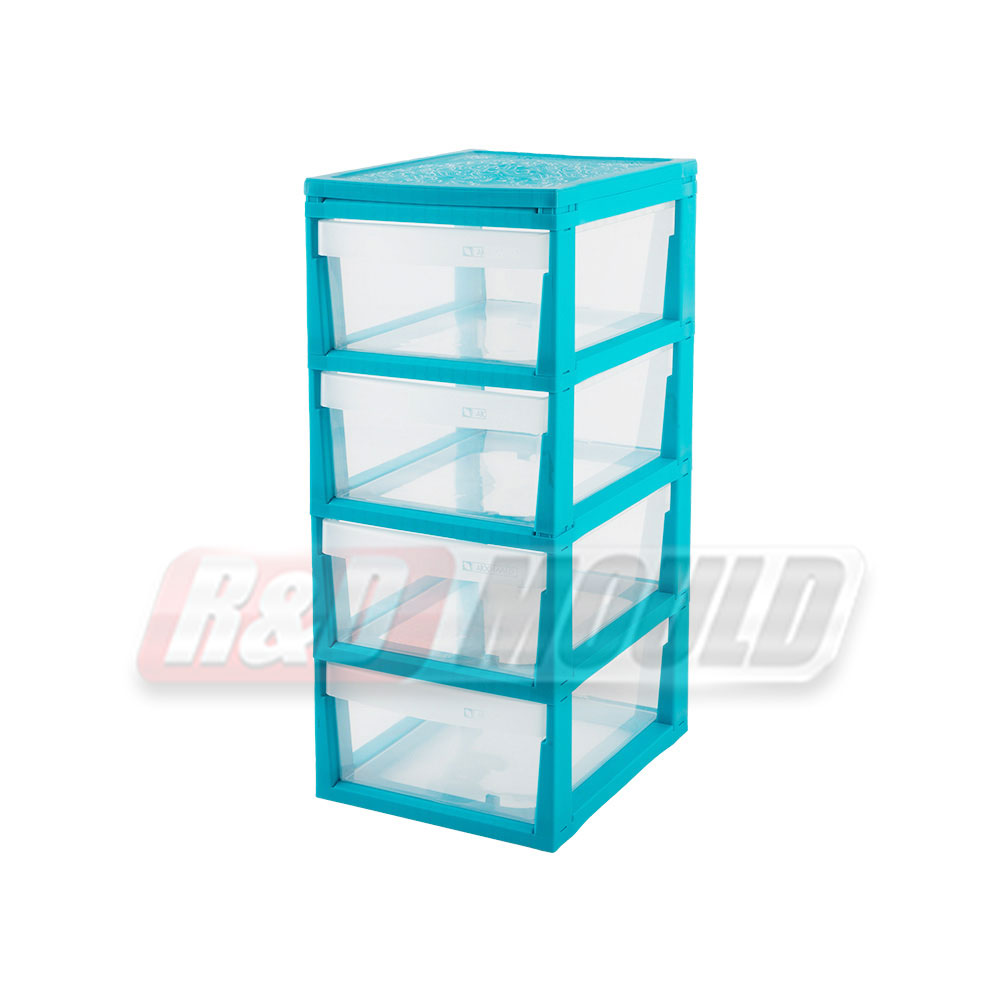A Plastic Box mould is an excellent way of producing high-quality plastic products. These moulds are light, durable, and waterproof. They are inexpensive to manufacture and require minimal maintenance. The main benefits of this mould type are its low manufacturing costs and its simplicity. Additionally, the plastic box moulds are easily customizable, allowing for a wide range of design options.
There are several different types of plastic box moulds that you can make, including a vegetable box mould, a bottle box mould, an industry mould, and a plastic storage box mould. Whatever type of plastic box mould you need, we have a solution that's perfect for you.
A plastic box mould is a critical component of the production process. Good mould design and maintenance are essential. The materials and design of the mould must meet the quality and durability requirements of your product. It should also be able to handle the volume of goods that will be placed in it. This means that mould designers will need to pay close attention to the material filling system, as it is essential to the durability of your product. You also want to choose mould steel that has been heat-treated properly.
Plastic injection molding began in the late 1800s when John W. Hyatt, an American inventor, experimented with making billiard balls using plastic. While his innovation wasn't as popular as he hoped, it caught on and eventually the practice of plastic injection molding spread to larger items.
If you're trying to prevent mould on your storage boxes, the most effective way to prevent this is to store them in a climate-controlled environment. Insulating your boxes with a blanket, for instance, will help decrease the chances of mould growth. Insulating them with blankets or wool can help prevent mould and provide additional protection for your items.
A plastic injection mold is an inverse of the shape of the original container. It can be made from polymers such as high-density polyethylene or linear low-density polyethylene. This method is environmentally friendly and economical. When used correctly, the molds can be highly intricate and include inserts, logos, and slots for inserts. Besides these benefits, the cost of tooling is low as well, making the process cost-effective even for small production runs.
Polyamides are another group of plastics. These are synthetic or natural materials that have excellent mechanical and chemical resistance. Their properties make them ideal for a variety of different applications, including automotive transmissions, lighting systems, and medical components. A Polyetherimide plastic mould is a good choice for many applications, as it can be used to mold thin-walled products.
The process of molding plastic powder involves a combination of rotational movement and high temperatures. The plastic powder is poured into the cavity of the mold and heated while the mold is rotated. The heated plastic adheres to the tool walls and builds up to the desired thickness. The plastic part will then need to cool before it is ready to be removed from the mould and reused.





 English
English عربى
عربى Español
Español Français
Français









